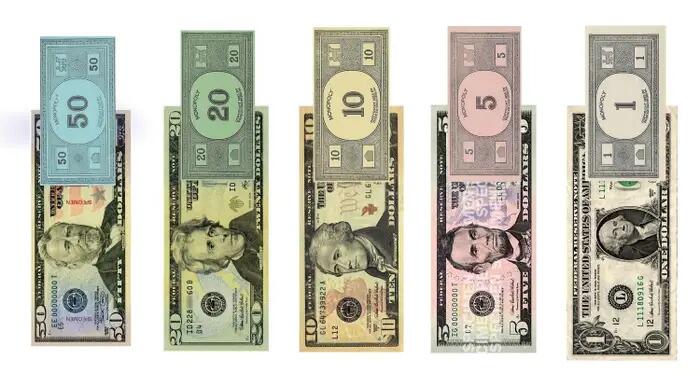The Federal Reserve is entering a monetary easing and rate-cutting phase amidst a backdrop of elevated inflation, reminiscent of the economic climate in the 1970s. During that decade, the U.S. economy grappled with spiraling inflation, which often exceeded 12%. Under Chairman Arthur Burns, the Fed initially opted to cut interest rates to stimulate growth but soon faced even higher inflation, prompting a shift to aggressive rate hikes. The federal funds rate surged to approximately 13% in 1974, only to be cut again in 1975 despite inflation hovering around 9%. By the end of the 1970s, inflation peaked at over 13% in 1980, underscoring the risks associated with the Fed’s earlier rate reductions in the face of rising prices.
The situation today echoes the 1970s, but with even greater challenges. The Fed’s ability to combat inflation is hampered by soaring federal debt and interest expenses. Historically, Federal Reserve Chairman Paul Volcker managed to raise interest rates to over 17% to tame inflation; however, the current economic environment restricts the Fed from achieving similar results. The recent cap on rates at around 5.25%, considerably lower than Volcker’s numbers, raises concerns about the efficacy of monetary policy in mitigating inflationary pressures. The implications of this constrained capacity to raise rates are serious, suggesting that the current economic framework could struggle to safeguard against inflated currency and diminished purchasing power.
Examining historical precedents globally, Brazil and Argentina in the 1980s, alongside Zimbabwe in the 2000s, illustrate the repercussions of maintaining low-interest rates amid rising inflation, culminating in hyperinflation. These cases highlight the dangers posed by politically influenced central bank decisions that disregard economic fundamentals. Although the United States operates within a different context than these nations, the potential for significant currency depreciation remains a concern. The possible emergence of a multipolar world order and geopolitical tensions, such as escalating conflicts, may further exacerbate existing vulnerabilities in the U.S. economy, revealing how intertwined global dynamics can affect domestic financial stability.
While hyperinflation in the United States is not viewed as inevitable or imminent, the prospects of severe currency debasement are rising. Market trends suggest that the inflationary trends witnessed over the last decade could intensify, surpassing the challenges faced during the 1970s. This context has led to the speculation that precious metals, particularly gold, could experience substantial price appreciation. Historically, gold prices skyrocketed from $35 to $850 per ounce during the last significant inflationary period, representing a staggering increase of over 2,300%. This historical precedent lends credence to the outlook that gold will continue to appreciate significantly as ongoing economic conditions unfold.
Given this analysis, investors and wealth managers are advised to consider strategies for asset protection amidst financial uncertainty. Holding physical gold bullion in secure locations outside traditional banks is viewed as a prudent measure in times of economic instability. Notable jurisdictions include wealth-friendly territories like Singapore, Switzerland, or the Cayman Islands. In particular, diversifying assets in this manner can offer protection against potential currency devaluation and help preserve wealth during tumultuous financial periods.
In conclusion, the current economic landscape marked by elevated inflation and constrained monetary policy bears striking resemblances to the turbulent 1970s. With limited room to maneuver in terms of interest rate hikes, the Federal Reserve faces daunting challenges that could lead to significant currency debasement rather than hyperinflation. Historical analogies from other countries serve as cautionary tales, emphasizing the risks of politically influenced monetary policy in the face of rampant inflation. As concerns continue to mount, prudent investment in tangible assets such as gold emerges as a recommended strategy for wealth preservation during uncertain economic times.

